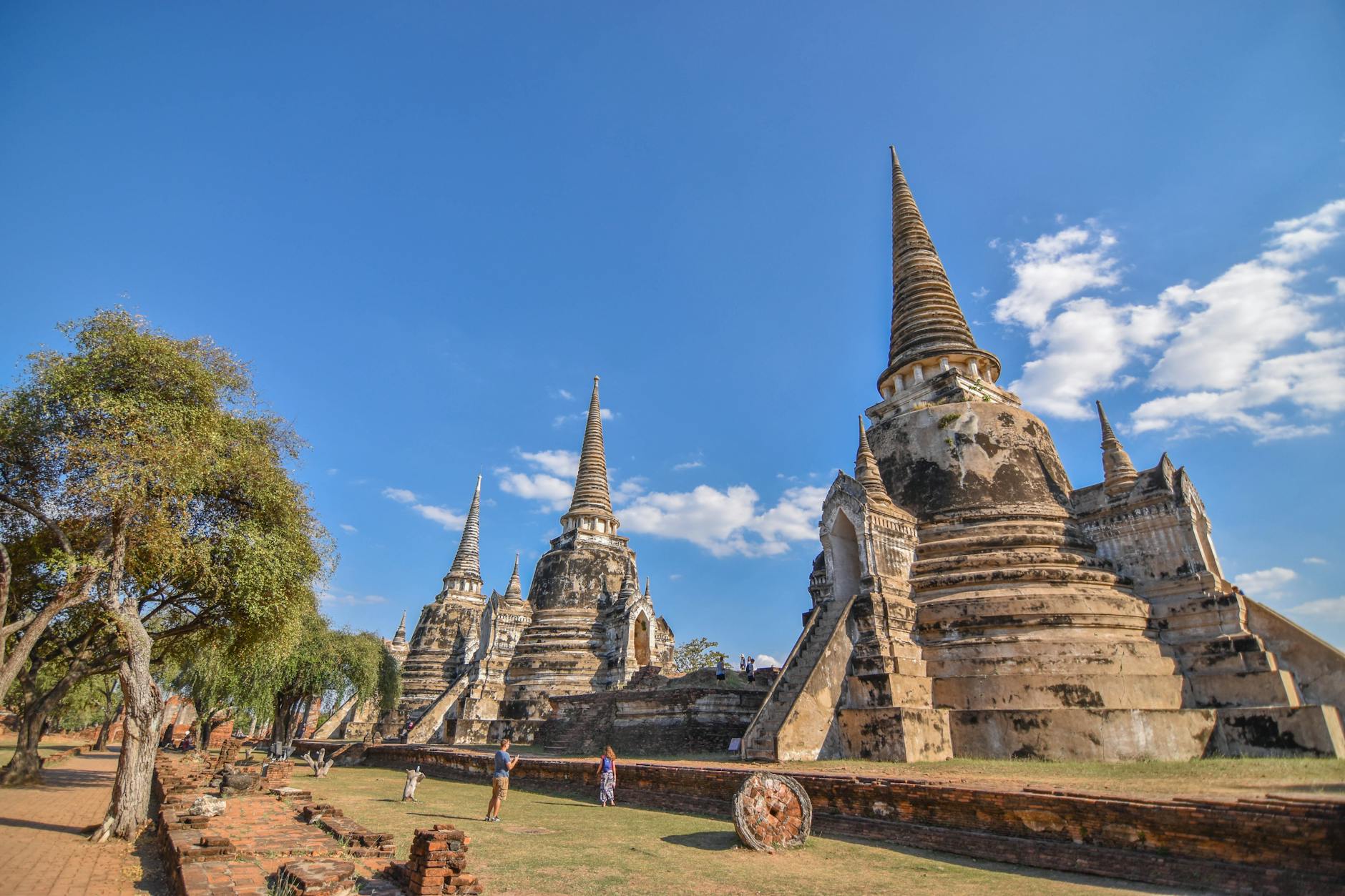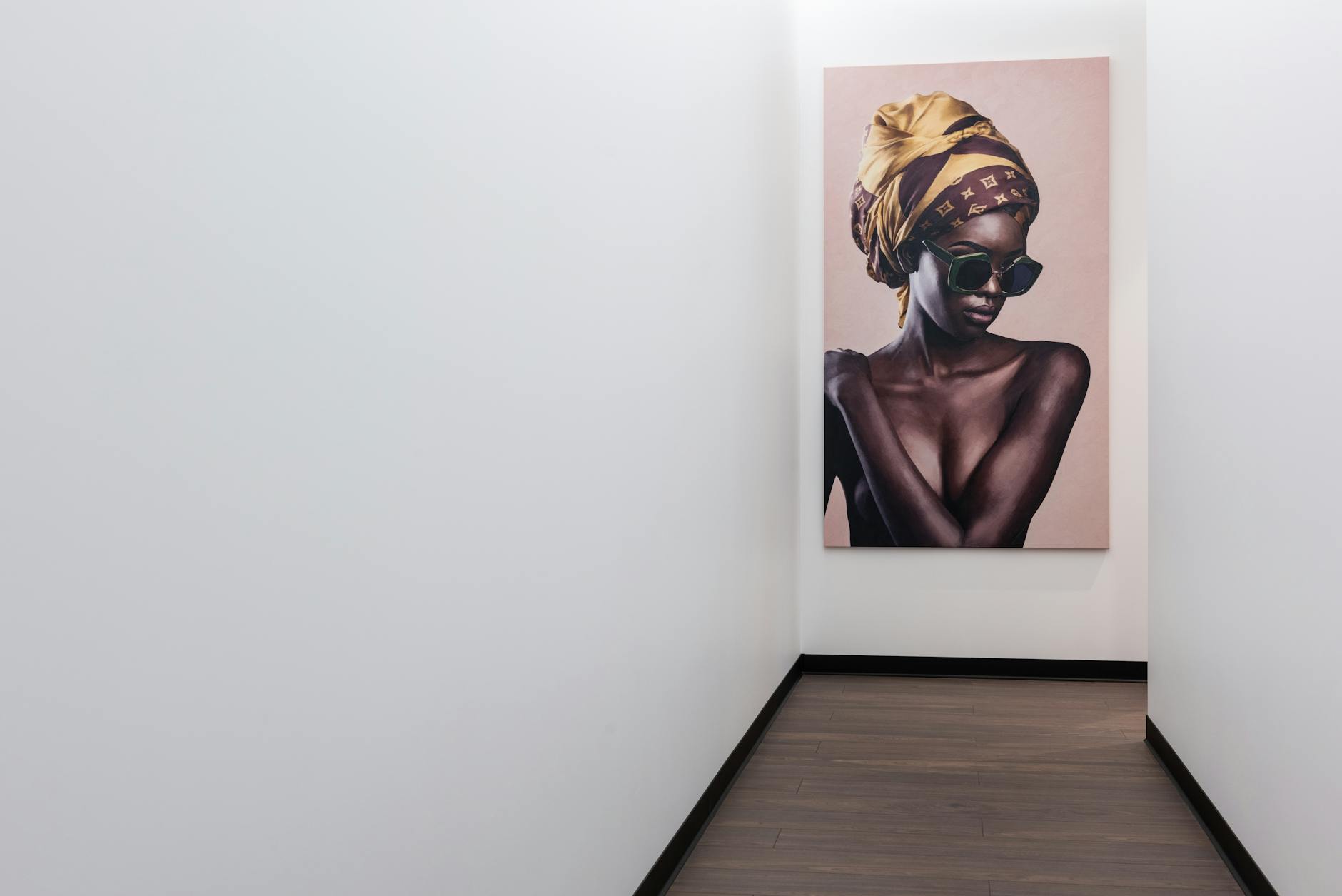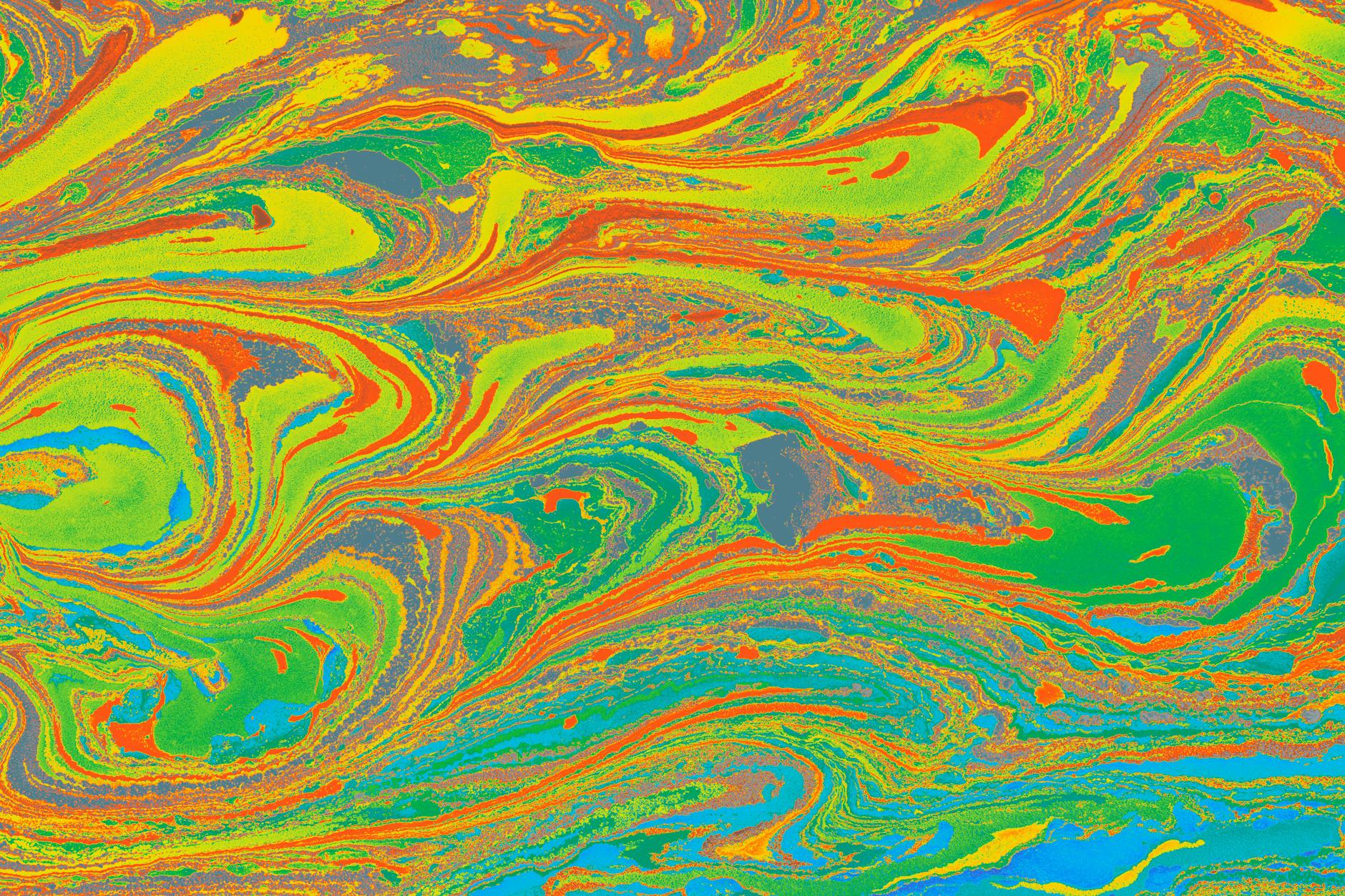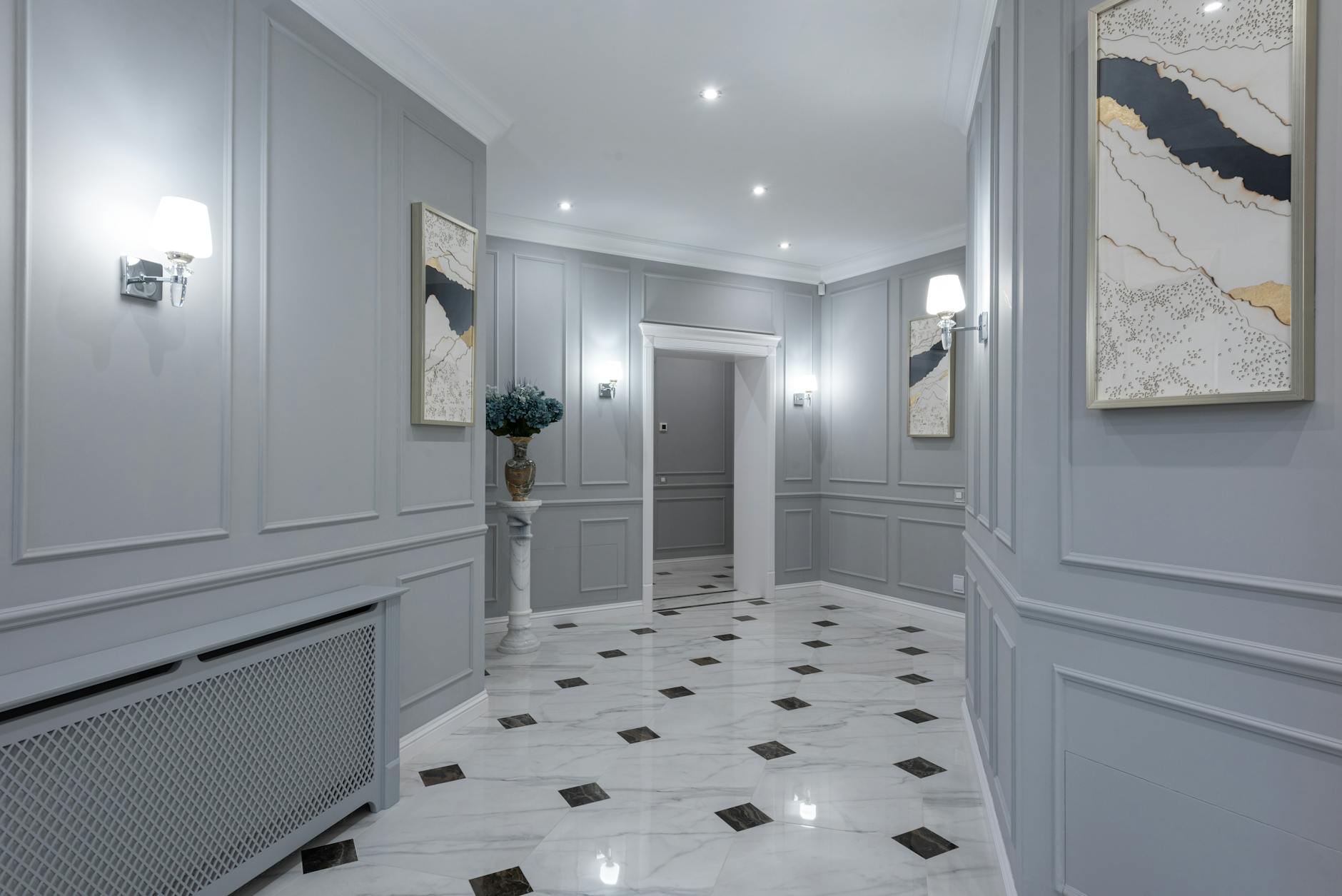Psychedelic art is a unique form of artistic expression that reflects and amplifies the experiences of altered states of consciousness, often resulting from the ingestion of psychoactive substances. This distinct artwork draws heavily on surreal imagery, metaphysical landscapes, and deeply embedded symbolism, serving as a symbolic bridge between the finite human spirit and the infinite universe. Tapping into the realm of the unseen, psychedelic art ultimately has deep roots in spirituality and shamanism – a connection often overlooked in mainstream culture.
Indigenous communities worldwide, especially those in the Americas and Asia, have often linked spirituality with the ingestion of natural hallucinogens, leading to transcendental experiences of the physical and spiritual realms. Shamanism, a form of spiritual practice primarily revolving around communicating with the spiritual world, uses similar methods to induce heightened states of awareness and evoke visionary experiences. Both spirituality and shamanism share a common belief in the existence of spiritual dimensions that can be accessed through altered states of consciousness. This belief is where the essence of psychedelic art stems.
Psychedelic art, in essence, is a creative expression of these altered states of perception. It often includes intricate, vivid images that narrate the journey taken during these moments of deep spiritual introspection. The intense, dream-like scenes and the use of complex sacred geometry are believed to reflect the artists’ inner visions and reflections of the spiritual realm.
One of the most iconic elements of this art form is the recurring symbolism. Often, common themes of unity and interconnectedness, dimensions of being, and transformations recur in psychedelic art forms. These visual elements parallel spiritual values and concepts often found in shamanic traditions and spiritual teachings. They serve to communicate profound truths about existence, consciousness, and identity.
The use of psychedelic substances in shamanic rituals is a well-documented anthropological fact. Shamanic practitioners ingest substances such as ayahuasca, peyote, or psilocybin mushrooms to reach a deeper state of consciousness and communicate with the spirit world. The visionary experiences that result from these rituals often give rise to incredibly detailed and mind-bending works of art. For instance, the cave paintings found in various parts of the world can be interpreted as early forms of psychedelic art, illustrating the visions and encounters of ancestral shamans with the spirit realm.
Furthermore, psychedelic art can aid in fostering and facilitating spiritual awakening. By using the power of color, form, rhythm, and movement, these works of art can resonate with viewers on a deeply spiritual level, awakening their inherent spiritual wisdom. The profound, often esoteric imagery, can trigger profound emotional responses, which in turn can spark a journey of personal discovery and spiritual enlightenment.
In recent years, the role of psychedelic art in facilitating healing has gained recognition. This form of art therapy allows individuals to visually articulate their spiritual experiences, feelings, and insights, helping them in their healing process. Therapists and spiritual leaders alike have noted the therapeutic potential of engaging with and creating psychedelic art.
To conclude, psychedelic art transcends the boundaries between the physical and the spiritual, taking viewers on a journey into the depths of their own consciousness and the mysteries of the universe. By bridging the gap between the seen and the unseen, the conscious and the unconscious, this art form plays a crucial role in spirituality and shamanism. It provides tangible, visual representations of abstract experiences, making the ineffable effable, and personal transcendence accessible to all.
Whether one engages with it as a viewer, a creator, or a participant in a healing journey, psychedelic art poses a mirror to our inner psyche and functions as a powerful tool for introspection, spiritual development, and personal transformation. In essence, psychedelic art is a doorway to tasting the full magnitude of being and provides an access point to the mysteries of existence that remain largely concealed in our everyday reality.
Sources:








